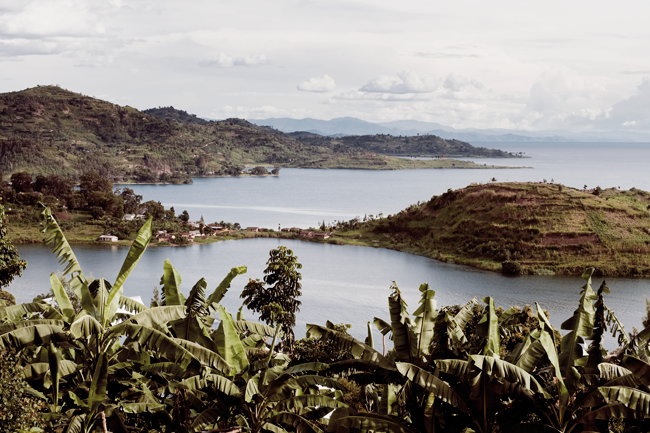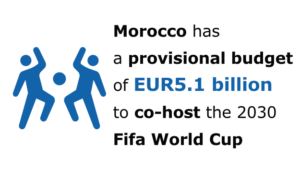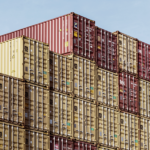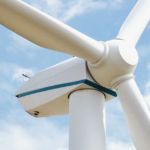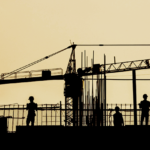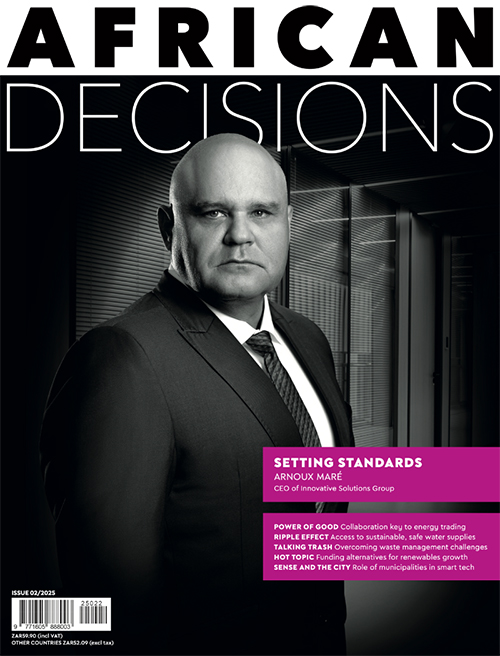The 1994 genocide was an epochal event in modern Rwandan history. ‘Never again’ was the rallying cry of a new government, committed to nation-building on a scale the country had not previously known. In the course of its subsequent recovery, Rwanda has become something of a poster child for the effectiveness of the reform package prescribed by the World Bank and IMF.
The Washington Consensus package is a set of market- and investor-friendly measures that include privatisation, red tape reduction and fiscal restraint. These have been the basis for the Rwandan government’s Vision 2020, introduced in 1997 and revised in 2012. The vision sets out to accelerate Rwanda’s development to ‘middle-income country’ status by 2020 through ‘good governance and an efficient state, skilled human capital, vibrant private sector, world-class physical infrastructure and the modernisation of agriculture’.
This represents a commitment to private sector-driven development to a degree not seen before in sub-Saharan Africa. But there is a major innovation in Rwanda’s approach. The growth of inequality that naturally follows capitalist development in practice is softened by a steady expansion of the ‘social package’ offered by government, as the economy expands. The wounds of the all-too recent past and the need for national healing make this imperative.
Noble documents with names similar to Vision 2020 are a dime a dozen in the developing world. Unfortunately, they are all too often little more than rhetoric – at best full of commitments and good intentions that are never realised. Happily this is not the case in Rwanda. Vision 2020 is a product of an extensive grass roots consultative process, intended to both heal the traumatised country and provide an implementable plan to carry forward the process. It has 47 specific indicators, all continuously measured and around which the budget process has been structured every year. The package has been consistently applied – and it’s working.
Under Vision 2020, Rwanda’s economy has boomed. According to the World Bank, economic growth averaged about 8% per annum between 2000 and 2015. This has led to an increase in average per capita income from around US$200 in 2001 to US$697 in 2015. That puts the country on course to achieve its Vision 2020 target of reaching the lower threshold for ‘lower middle income’ status (US$1 006) by 2020.
Speaking in Rwanda’s capital, Kigali, in 2015, MD of the IMF Christine Lagarde paid tribute to the country’s achievements. ‘Per capita income has more than trebled and, while poverty is still high … the poorest have shared the benefits of growth,’ she said. According to the Economist Intelligence Unit, the share of the population living in poverty declined from 59% in 2001 to 45% in 2011.
Lagarde is especially impressed with the country’s drive for gender equality – 63% of parliamentarians in Rwanda are women and so too are half the Supreme Court justices.
Rwanda was a major beneficiary of foreign aid after 1994. According to the IMF, this was ‘efficiently used’. Lagarde says this ‘allow[ed] spending on health, education and social protection to rise to 13% of the national budget up from just 4% in 1999’. But, she stresses, the country has a long way to go and ‘its growth model will need to evolve’.
Rwanda is a small landlocked country with a population of some 12 million people. It has few mineral resources – although it does function as a trans-shipment hub for minerals from the eastern provinces of the DRC – and clearly does not have a big future as a market for manufactured goods. The main money-spinners are coffee, tea and tourism.
The solution has been to position the country as a service hub for the greater East African economy – the idea being that a company that wants to conduct business in South Sudan, eastern DRC or Tanzania can use Kigali as its regional head office. This strategy places a developmental premium on activities such as banking, financial services, other corporate services – including law and accounting – and specifically ICT.
Rwanda’s business climate reforms started seriously in 2003, the year the country enacted its post-genocide constitution – and precisely in parallel with the World Bank’s Doing Business index, which was published for the first time in the same year.
The World Bank had become aware that the poorest countries regulated business the most, creating insoluble hurdles to the development of especially the indigenous private sector. In 2005, Rwanda’s business climate was ranked 139th out of 155 countries in the Doing Business index. But it became one of the World Bank’s favourite reformers, rising to 62nd out of 189 countries by June 2015, behind only Mauritius in sub-Saharan Africa.
Unfortunately, as Lagarde pointed out, there is a huge infrastructure deficit – not only in Rwanda but the East African region. Rwanda has, however, taken some significant steps to deal with this.
The investor-friendly regime makes this one of the best places on the continent for public-private partnerships (PPPs). The current Kigali bulk water supply project is one of the biggest PPPs currently in implementation on the continent. It is designed to ensure that 100% of the Kigali population (which stands at more than 1 million) have access to clean water.
An even more significant PPP for the country as a whole is the planned standard gauge railway linking Kigali to Tanzania’s network and ultimately to Dar es Salaam. Construction is expected to be completed in 2018. Rwanda has never before had a direct railway link to a major Indian Ocean port. Non-tariff barriers will be reduced through the construction of a US$40 million dry port, also in Kigali.
However, where Rwanda is especially progressive is on its plans for ICT and implementing a digital economy. President Paul Kagame has been quoted as saying that ‘the internet is a needed public utility as much as water and electricity’. The National Information Communications Infrastructure (NICI) policy has been part of Vision 2020 since its adoption in 2000.
The first phase set up the institutional, legal and regulatory framework. At the time (2002), Rwanda had a mere 25 000 internet users – this leapt to 3 216 000 by June 2016, according to Internet World Stats.
The second stage saw heavy state involvement through the establishment of a national data centre, a fibre-optic network and connections to the two international undersea cables that land in East Africa. The third stage (to the end of 2015) has seen the beginnings of private-sector involvement as well as the rolling-out of technology to schools. According to the One Laptop Per Child project, some 280 000 customised laptops have been distributed to school children across the country.
Meanwhile, a joint venture between the Rwandan government and Korea Telkom – now called KT Network – began rolling out a high-speed (4G) broadband network across the country in 2014. By July 2016, the network was operating in the majority of Rwanda’s 30 districts. This world-class infrastructure backs the creation of a US$150 million ICT park in Kigali, which performs education and training functions as well as the development of solutions for the region.
Politically, Rwanda – in the wake of the genocide – has been dominated by one man: Kagame. Previously the commander of the rebel army that intervened and ended the genocide from bases in Uganda, he has been president since 2000. Political parties were unbanned in 2003 but the system still allowed the president to call the shots. The Economist Intelligence Unit, in 2014, described the system as ‘an autocracy’ but added that with Kagame and his close allies proving themselves capable statesmen, this was a strength as the country recovered from genocide.
In 2015, Kagame organised a referendum to decide whether the constitution should be amended to allow him to stand for a third seven-year term of office when his current tenure ends in 2017.
Although 98% of Rwandan voters were in favour, the measure has been controversial in international circles. The reaction of Rwanda’s major trading partners, however, has been pragmatic. The view appears to be that the Rwandan political system is a work in process, in a country that has shown great economic progress in remarkably few years.

